Division
Division is one of the four basic mathematical operations that we intend to learn more about in this article.
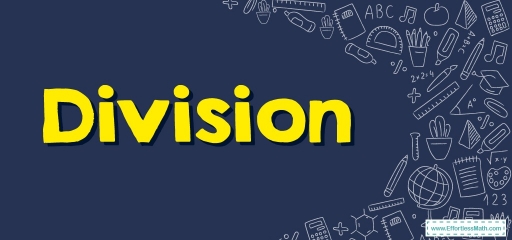
The division is the process of putting a group of objects into equal parts. It’s an example of the \(4\) fundamental math operations, which give a fair outcome of sharing.
The division is the procedure of repetitive subtracting. It’s the opposite of multiplication. Whenever we know a fact of multiplication, it’s possible to get a division fact.
The primary objective division is to find the number of equal groups or the number in each group whenever you share fairly.
Whilst doing number division, you break down bigger numbers to lesser numerals such as multiplying these lower so they’ll be equivalent to the higher number taken.
Related Topics
- Long Division using 1 Number
- How to Divide Polynomials?
- How to Divide Rational Expressions?
- How to Divide Mixed Numbers?
Division Symbol
The division is represented by a numerical symbol consisting of a small horizontal line that has a dot above and below the line. There are \(2\) standard division symbols which denote the division of \(2\) numbers. These are \(÷\) and \(/\).
Unique names for each Division character
Each of the parts concerned in a division equation has a unique name.
Dividend \(÷\) divisor \(=\) quotient
Dividend: Dividend is the figure being divided in the division procedure.
Divisor: Numeral that the dividend is being divided by is known as the divisor.
Quotient: Quotient is the answer gotten during a division procedure.
Reminder: The value remaining or that’s left out which isn’t part of a group
Unique facts concerning division
- Whenever you divide a number by \(1\), the result is always going to be your original digit.
- Division by zero is undefined.
- Division of the exact same dividend and divisor is constantly \(1\).
Division – Example 1:
Find the missing number.
\(115 \ \div \) ____ \(=5\)
Solution:
The inverse operation of multiplication is division. Because \(5\) multiplied by \(23\) equals \(115\), then \(115\) divided by \(5\) equals \(23\).
Division – Example 2:
Lisa wants to buy \(32\) candles for a party. If there are \(4\) candles in each pack, how many packs of candles should she buy?
Solution:
In this question, the candles are in packs of \(4\). So by dividing \(32\) by \(4\), we can find the number of packs that Lisa needs to buy. So, \(32 \ \div \ 4=8\)
Exercises for Division
Solve
- \(\color{blue}{64 ÷ 8}\)
- \(\color{blue}{72 ÷ 18 }\)
- \(\color{blue}{99 ÷ 11 }\)
- \(\color{blue}{ 124 ÷ 4 }\)

- \(\color{blue}{8}\)
- \(\color{blue}{ 4}\)
- \(\color{blue}{9}\)
- \(\color{blue}{31}\)
Related to This Article
More math articles
- Full-Length 6th Grade SBAC Math Practice Test-Answers and Explanations
- Full-Length 7th Grade MCAS Math Practice Test-Answers and Explanations
- 10 Most Common 7th Grade IAR Math Questions
- How to Find Scalar Multiplication of Vectors?
- The Challenge for The Future of Math Education
- The Ultimate 6th Grade MAP Math Course (+FREE Worksheets)
- The Importance Of Mathematics For Students Pursuing STEM
- Area Models Unveiled: How to Divide Unit Fractions by Whole Numbers
- How to Unlock the Path to Success: “TExES Core Subjects Math for Beginners” In-Depth Solution Manual
- 5th Grade TCAP Math Worksheets: FREE & Printable

















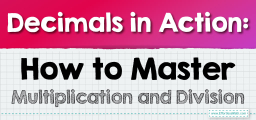
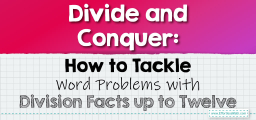
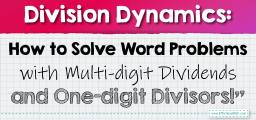
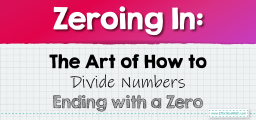

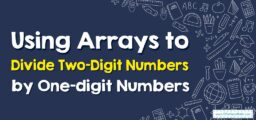



What people say about "Division - Effortless Math: We Help Students Learn to LOVE Mathematics"?
No one replied yet.